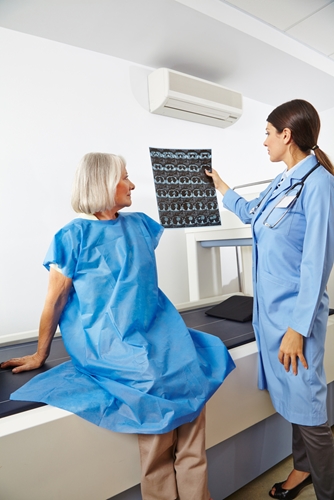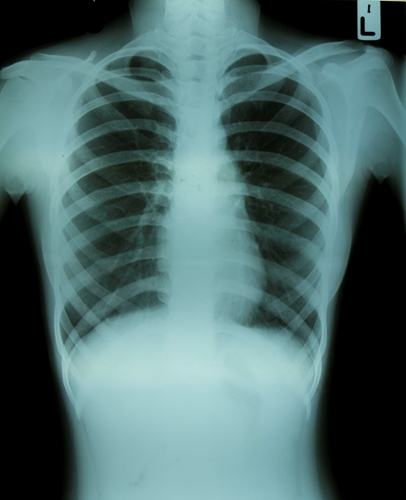With October being deemed Breast Cancer Awareness Month, women all over the world are reminded of the risks involved with failing to undergo screenings for the disease. However, a recent study indicated that false-positive mammograms that prompt recall visits cost women both money and stress.
Published in the Journal of Women's Health, researchers from the Jefferson School of Population Health at Thomas Jefferson University, Yale University School of Medicine and Truven Health Analytics of Brentwood, New Hampshire, collaborated on the study, AuntMinnie.com reported. Utilizing the Truven Health MarketScan Commercial and Medicare Supplemental Database, they identified women between the ages of 40 and 75 who underwent mammography screenings from January 2011 to June 2013.
The sample included more than 1.7 million patients, of whom 15 percent were recalled for additional medical imaging exams. The majority of women were between the ages of 50 and 64. The team of scientists examined patients' out-of-pocket costs by calculating any fees for breast-related diagnostic services. They found that recall rates (17.9 percent) were highest among women who were between 40 and 49 years old. In determining total patient costs, the researchers discovered that women with out-of-pocket fees paid 49.8 percent more than those who had no additional costs.
The group also found that one-third of the recalled patients had to spend multiple days undergoing scans, which resulted in higher costs. Currently, the national recall rate in the U.S. is above 10 percent, the recommended performance benchmark for radiologists. Patients returning for more exams as a result of false-positive reports not only drives up their own expenses, but increases costs for health providers as well.
Shifting to digital breast tomosynthesis
It is clear that instances of false-positives need to be reduced, and digital breast tomosynthesis might be the ideal solution. A 2013 study, conducted by doctors at TOPS Comprehensive Cancer Center in Texas and published in the American Journal of Roentgenology, focused on the effectiveness of digital mammography combined with tomosynthesis.
Led by Stephen Rose, M.D., the group examined extensive databases to compute and compare the rates of recalls, biopsies, cancer detection and positive predictive values for six radiologists in their facility who interpreted screenings that used tomosynthesis. They discovered that the innovative procedure resulted in significant reductions in recall rates, from 8.7 percent to 5.5 percent. In addition, cancer detection rates increased from 4.0 to 5.4 percent per 1,000 screenings. Lastly, the positive predictive value for recalls increased from 4.7 to 10.1 percent.
All in all, the introduction of tomosynthesis was associated with significant improvements in the clinical services provided by the TOPS radiologists. With higher detection rates and fewer recalls, digital breast tomosynthesis can be effective at saving patients and diagnostic radiology centers considerable expenses on breast cancer screenings.
With radiologists looking for pathways to improved diagnoses and slimmer budgets, DBT serves as a viable option for providers. Reductions in false-positives lead to enhanced prognoses for patients and better bottom lines for health care facilities.
Contact Viztek for more information.
Ronny Bachrach
Latest posts by Ronny Bachrach (see all)
- Konica Minolta Debuts First-of-Its-Kind Digital U-Arm System at AHRA - July 27, 2016
- Researchers Detect Signs Of Stroke Risk Using MRI - June 27, 2016
- Imaging Biz: Q&A with David S. Channin MD: How to Make PACS Patient Centered - June 22, 2016










